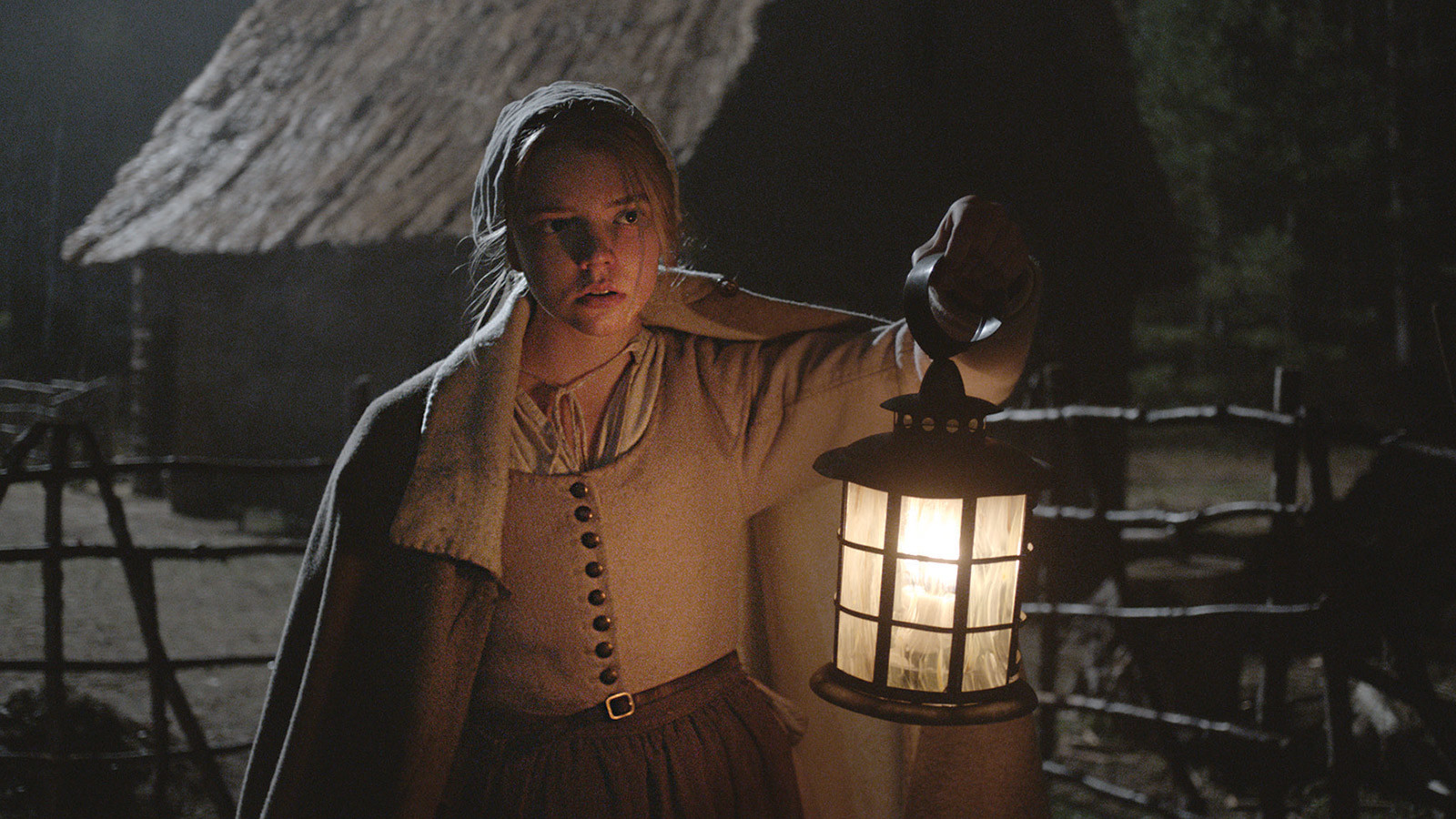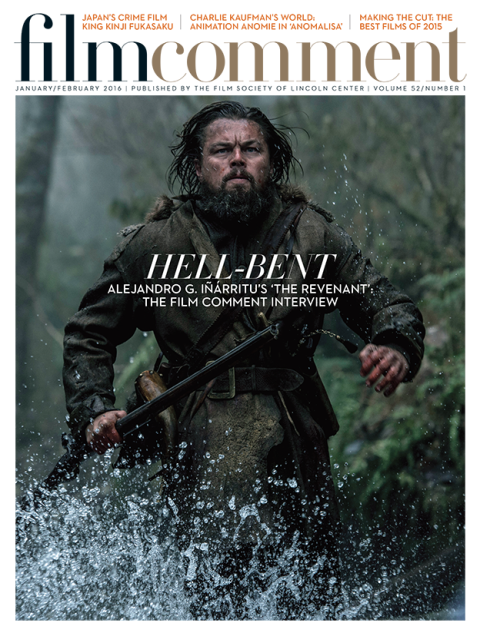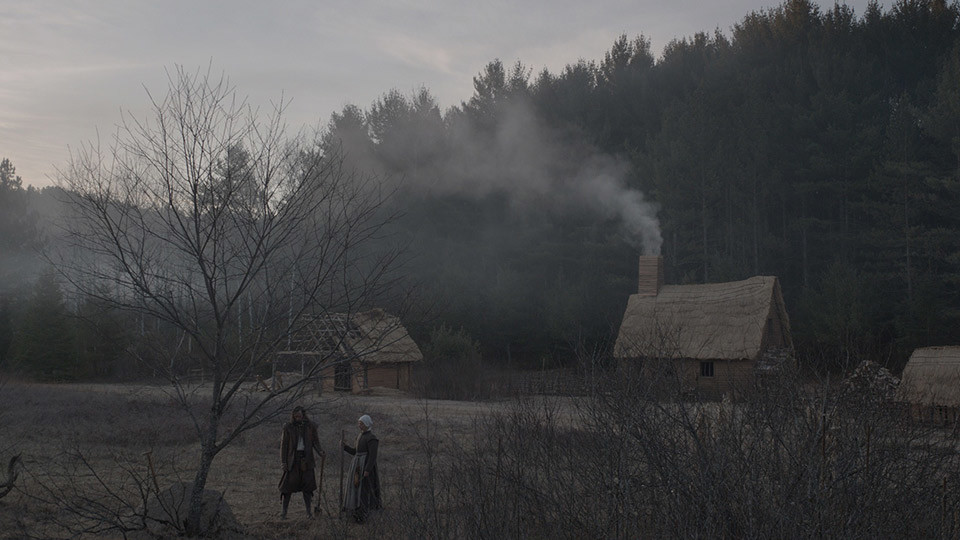By David Fear in the January-February 2016 Issue

Review: The Witch
(Robert Eggers, U.S., 2015)
Evil is the nature of mankind,” intones a shadowy character in “Young Goodman Brown.” “Evil must be your own happiness. Welcome again, my children, to the communion of your race!” Nathaniel Hawthorne’s 1835 short story pit a pious gent against a malevolent figure in the woods, throwing shade at the Salem Witch trials and good ol’ American hysteria in the process. Now along comes Robert Eggers’s Sundance-coronated “New England Folktale” to take up the Puritan-horror mantle, stripping Hawthorne’s narrative for spare parts in order to fashion a stunning, straight-faced take on supernatural dread, 17th-century style. You do not need a metaphor about our nation’s loss of innocence to channel the chilling sense that something wicked this way comes. You just need a girl, a crone, and a black goat.

From the January-February 2016 Issue
Also in this issue
The year is 1630, several decades away from batshit witchcraft accusations and burning stakes. A man of faith (Ralph Ineson) and his family are cast out of their community, exiled to a farm at the edge of the woods. An ominous Omen-like score suggests that dark forces lurk just beyond the trees; the disappearance of a newborn baby during a game of peek-a-boo confirms it. Suspicions immediately fall on the eldest child, a blonde lass named Thomasin (Anya Taylor-Joy) whose budding womanhood is inciting sibling lust and maternal paranoia. As others are tempted to traipse deeper into the forest, madness and mysterious occurrences—seizures, vomiting up poison apples, claims that the livestock are whispering tales of degeneracy—begin to take hold. Things will end not with a bang, but with a meeting at the you-know-what hour, for which folks are waiting to commune with their race in earnest.
Drawn, per a disclaimer, from period accounts of strange phenomena and psychotic breaks among settlers, Eggers’s impeccably crafted, historically accurate creepshow wears its deep-dive research on its tattered gingham sleeves. It’s impossible to think of another movie that takes such pride in requiring actors to speak dialogue like “What went we out in this wilderness to find?” (Or such pleasure in unleashing what’s a strong contender for line of the year: “Did you make some unholy bond with that goat?!”) But the occasional ripe moment aside, there’s no Witchfinder General lip-licking or Hammer Technicolor campiness here. What this young filmmaker wants is to channel an olde-school notion of horror, one that harkens back to an age not just of pre-Revolutionary folktales but of Grimm fairy tales—in which voluptuous women in red cloaks tempt young men, and cursed beasts named Black Philip beckon with cloven hooves. If nothing else, the movie rescues its titular monstrosity from the bottom of Halloween-costume bargain bins. Once you’ve seen a succubus mortar-and-pestle an infant into human paste, it’s hard not to feel a genuine shiver at her every cackle.

The Witch
And that, more than commenting on America’s long history of frontier insanity or legacy of religious zealotry and hypocrisy, is what The Witch is after: to scare you into taking this all very, very seriously. So by the time we get to the climax, in which dancing with the devil in the pale moonlight turns out not to be merely a catchphrase, you feel as if you’ve genuinely stepped into a nightmare.Its dogged patience in putting every puzzle piece of its Puritan tale into place, and of getting every art direction detail just right, is not the result of your typical cineaste control freakery. It’s all in the successful service of building a better, if ancient, cabin-in-the-woods model in which to immerse you—all the better for pulling the trapdoor lever and watching one clan’s descent into “evil” become your own giddy filmgoing delight.
David Fear is a contributor to FILM COMMENT and Rolling Stone.







